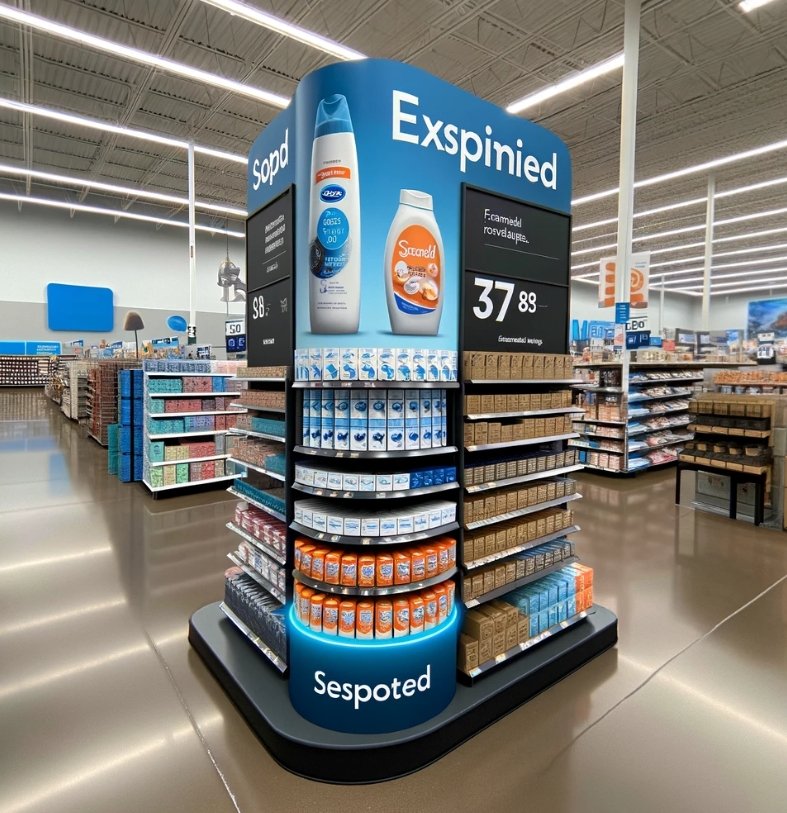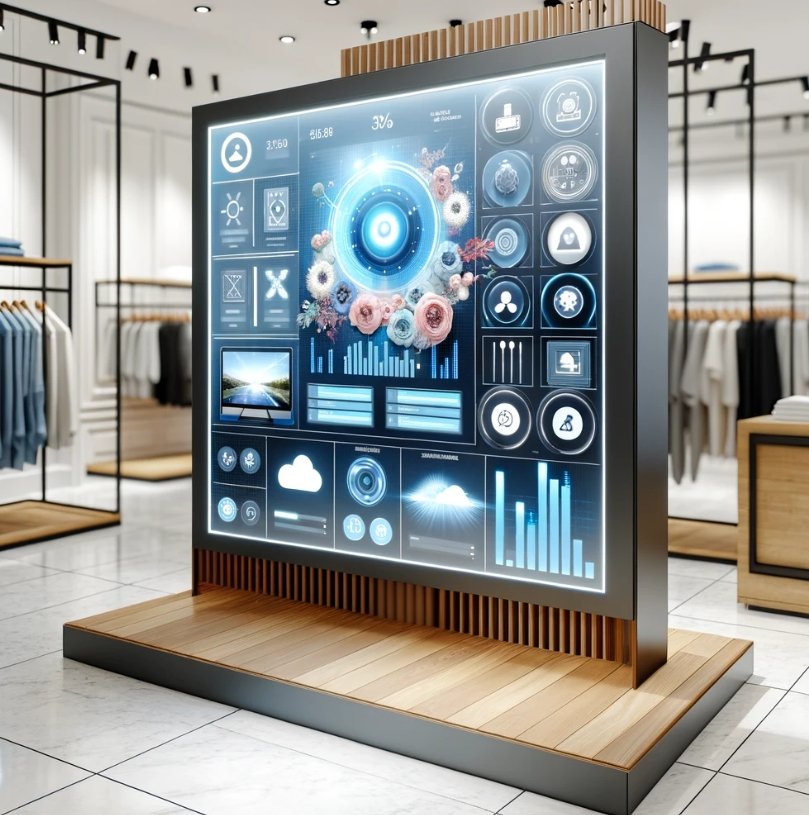The Various Types and Materials of POP Displays

Table Of Content:
Point of Purchase (POP) displays are a staple in retail marketing, known for their effectiveness in attracting consumer attention and promoting specific products or offers. These displays come in various types and materials, each serving a unique purpose and catering to different retail environments. Understanding these variations can help retailers and marketers select the most suitable POP displays for their needs.
1. Types of POP Displays
a. Counter Displays
Counter displays are designed for checkout areas or counters where space is limited. These are ideal for promoting small impulse buys or last-minute offers. Typically, they are small and compact, making them easy to place in high-traffic areas.

b. Floor Displays
Floor displays are free-standing units used to showcase products prominently. These are often placed in high-traffic areas of a store, like entrances or at the end of aisles. Their size and design make them highly visible and effective at drawing customer attention.

c. Endcap Displays
Endcap displays are located at the end of store aisles, capitalizing on the natural customer flow through the store. They are excellent for promoting new products, seasonal items, or special offers.

d. Window Displays
Window displays are designed for storefront windows. They are instrumental in attracting passersby into the store and can be thematic, seasonal, or promotional.

e. Interactive Displays
Interactive displays engage customers through touchscreens, games, or other interactive elements. These are particularly effective in tech stores or for products that benefit from demonstration.

2. Materials Used in POP Displays
a. Cardboard
Cardboard is the most common material for POP displays due to its cost-effectiveness and versatility. It’s lightweight, easy to print on, and can be cut into various shapes and sizes.
b. Plastic
Plastic displays offer more durability than cardboard and can be molded into various forms. They are often used in high-traffic areas or for products that require sturdier support.
c. Metal
Metal displays are the most durable and are typically used for heavy products or in stores with a more industrial aesthetic. They can withstand a lot of wear and tear, making them suitable for long-term use.
d. Wood
Wooden displays add an element of sophistication and are often used in high-end retail environments. They are sturdy and can be crafted into unique, eye-catching designs.
e. Acrylic
Acrylic is a clear, glass-like material used for upscale product displays. It provides a clean and modern look, ideal for showcasing premium products.
Conclusion
The choice of POP displays depends on various factors including the type of product, the retail environment, and the marketing goals. By selecting the right type and material, retailers can enhance product visibility, attract customers, and ultimately drive sales. As retail spaces evolve, so do POP displays, making them an ever-important tool in the retail marketing arsenal.
Aldrich designs and manufactures custom point of purchase and retail product displays of all types. Our designers work with you to create the most effective and eye catching display for your product. Your inquiry will be answered within 12 hours.

